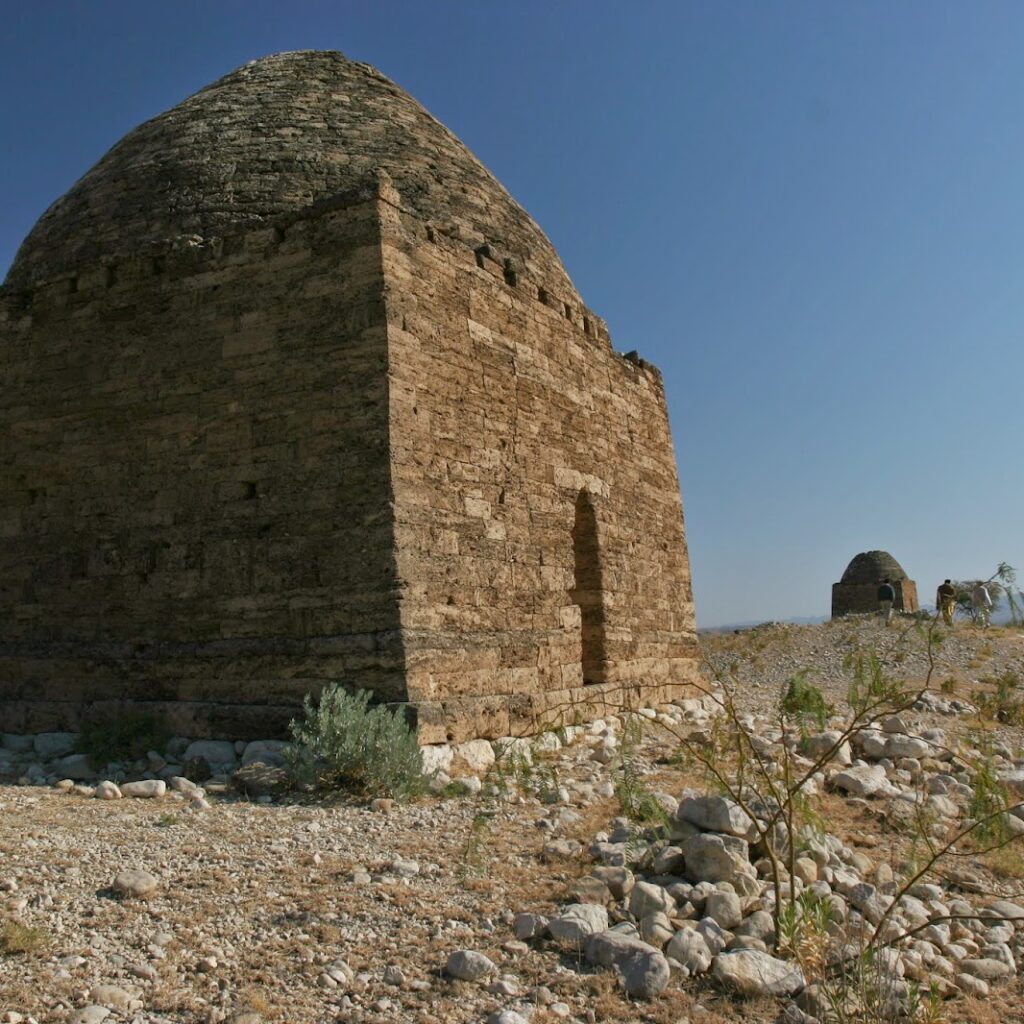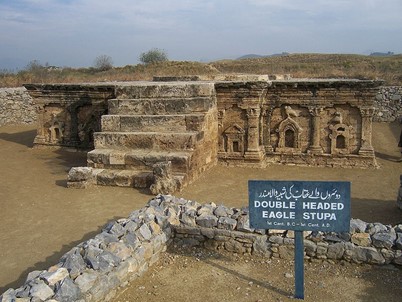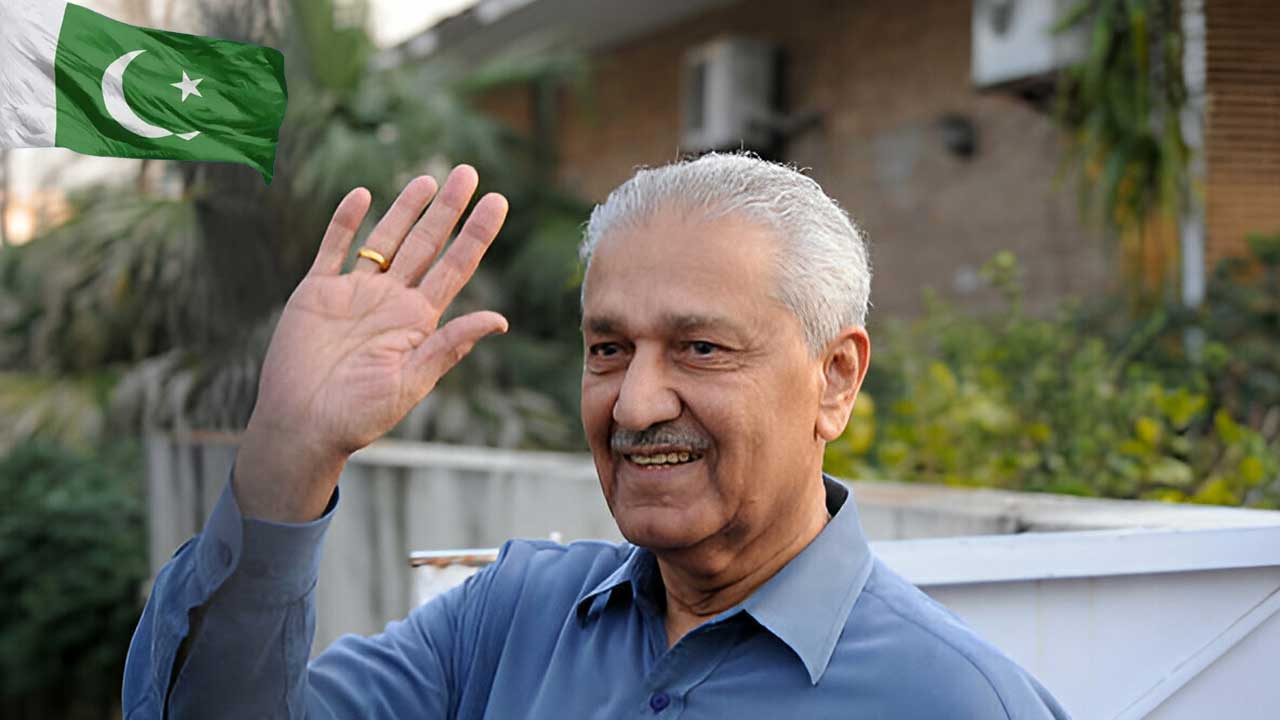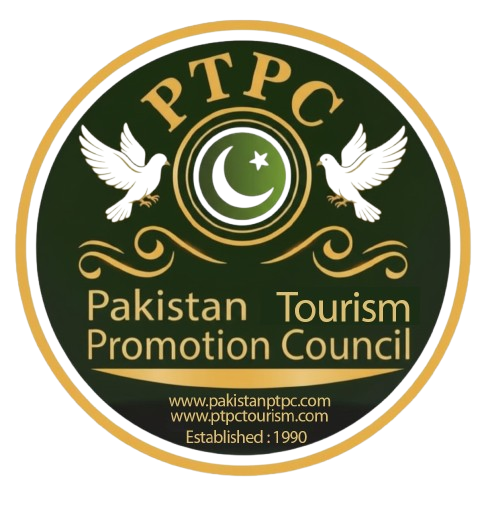Mianwali
Introduction: History in the Mirror of Time
Mianwali, located in the northwest of Punjab, Pakistan, is a city deeply rooted in history and culture. Surrounded by the Indus River on one side and the Salt Range on the other, Mianwali has witnessed centuries of change – from ancient civilizations to modern times. The district has produced remarkable leaders, warriors, and intellectuals, making it an important chapter in Pakistan’s history.
Understanding Mianwali history in the mirror of time allows us to explore not only its political and cultural journey but also its contribution to the nation. If you wish to explore more about Pakistan’s heritage cities and districts, visit Pakistan PTPC for detailed guides and tourism insights.
Ancient Roots of Mianwali
Mianwali’s history stretches back thousands of years. Archaeological findings show that the region was inhabited since the Indus Valley Civilization. The fertile plains near the Indus River allowed early settlements to thrive in agriculture and trade.
During ancient times, Mianwali was influenced by Persians, Greeks, and Central Asian tribes. Alexander the Great is said to have crossed the Indus River near this region, leaving a mark on its historical landscape. The Salt Range nearby also played a crucial role in trade and survival for ancient communities.


Mianwali During Islamic Conquests
With the advent of Islam in the subcontinent, Mianwali became an important center of Islamic culture. During the rule of Mahmud of Ghazni and later the Delhi Sultanate, the region embraced Islamic traditions while maintaining its diverse cultural roots.
Many Sufi saints traveled through this land, spreading the message of peace and spirituality. Their shrines in and around Mianwali are still visited by devotees, reflecting the spiritual legacy of the region.
Mianwali Under Mughal and Afghan Influence
During the Mughal Empire, Mianwali was strategically important due to its location between Punjab and the tribal regions. The Mughals developed infrastructure and trade routes, further connecting Mianwali to the rest of the empire.
Later, the region also came under Afghan influence, especially during the rule of Ahmad Shah Durrani. Mianwali became a frontier district where cultures of Punjab and Pashtun tribes merged, creating a unique identity that still exists today.
Sikh and British Rule
In the 18th and 19th centuries, the Sikh Empire under Maharaja Ranjit Singh controlled Mianwali. The Sikh administration introduced revenue systems and military structures in the area.
By the mid-19th century, the British took over. Under colonial rule, Mianwali was formally established as a district in 1901. The British built administrative offices, roads, and railways, connecting Mianwali with larger trade centers. However, their rule also brought resistance and challenges, as locals demanded independence.
Mianwali’s Role in the Pakistan Movement
One of the most important aspects of Mianwali history in the mirror of time is its role in the creation of Pakistan. The people of Mianwali actively participated in the freedom struggle, supporting the Pakistan Movement led by Quaid-e-Azam Muhammad Ali Jinnah.
Leaders, scholars, and common citizens from Mianwali contributed to political mobilization. Their sacrifices ensured that this region became part of Pakistan in 1947, shaping the destiny of its people.
Geography and Cultural Identity
Mianwali’s geography has greatly influenced its culture and history. The Indus River provides fertile agricultural land, while the Salt Range adds natural beauty and resources. The district borders Khyber Pakhtunkhwa, which creates a cultural blend of Punjabi and Pashtun traditions.
The people of Mianwali are known for their bravery, hospitality, and hardworking nature. Traditional foods, folk music, and cultural festivals reflect the spirit of this land.
Notable Personalities from Mianwali
Mianwali has produced many prominent figures who shaped Pakistan’s political and social life:
- Imran Khan – Former Prime Minister of Pakistan and world-renowned cricketer.
- Dr. A.Q. Khan – The father of Pakistan’s nuclear program, a proud son of Mianwali.
- Poets and Scholars – Many intellectuals from Mianwali have contributed to Urdu and Punjabi literature.
These personalities reflect the talent and resilience of the people of Mianwali.

Tourism and Attractions in Mianwali
Though not as commercialized as other regions, Mianwali offers several attractions for visitors interested in history and nature:
- Kalabagh – Famous for its natural beauty and historical significance.
- Chashma Barrage – A popular spot for fishing and picnics.
- Salt Range and Surrounding Hills – Perfect for nature enthusiasts.
- Shrines and Mosques – Reflecting the city’s spiritual and cultural heritage.
If you’re planning to explore Pakistan’s hidden treasures, check out Pakistan PTPC for travel guides and cultural insights.
Why Mianwali Matters in Pakistan’s History
Mianwali stands as a bridge between Punjab and Khyber Pakhtunkhwa, between tradition and modernity. Its history mirrors the struggles and achievements of Pakistan itself. From ancient civilizations to modern development, Mianwali has remained significant at every stage.
Exploring Mianwali history in the mirror of time gives us a deeper understanding of Pakistan’s roots, culture, and resilience.
For more cultural and historical explorations of Pakistan, visit Pakistan PTPC and discover stories that define our nation.
